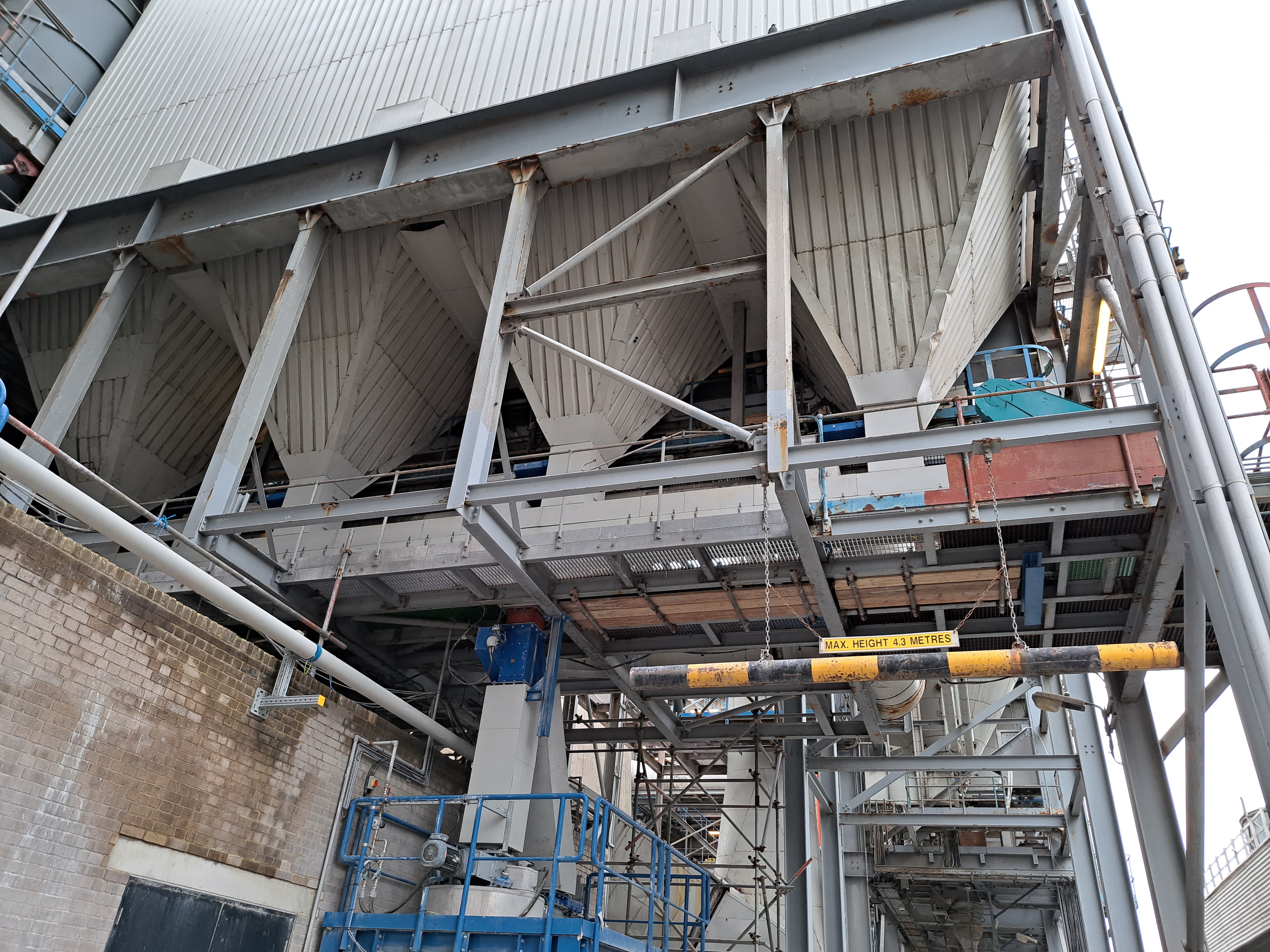How to Build Robust Hoppers: A Guide to Manufacturing and Welding Excellence
Hoppers play a crucial role in various industries, including agriculture, construction, and manufacturing, where they are used to store and dispense materials. Building robust hoppers requires a keen understanding of design principles, material selection, and welding techniques to ensure durability and functionality. This guide explores the essential aspects of manufacturing and welding excellence needed to create hoppers that stand the test of time.
Understanding Hopper Design
The design of a hopper is fundamental to its performance. Key considerations include:
-
Material Flow: Hoppers must be designed to ensure smooth material flow, preventing blockages and ensuring consistent dispensing. The hopper's angle, shape, and surface finish all influence how materials move through the system.
-
Capacity and Size: Determining the right capacity and size is essential. This depends on the type and volume of material being handled, as well as the space available in the facility. Proper sizing helps avoid overflow and ensures efficient operation.
-
Material Selection: Choosing the right material for the hopper is critical. Common materials include stainless steel, carbon steel, and various alloys, each offering different levels of durability, corrosion resistance, and strength.
-
Structural Integrity: Robust hoppers must withstand the weight and abrasiveness of the stored materials. This requires a solid design that considers the stresses and strains experienced during operation.
Manufacturing Excellence
Achieving manufacturing excellence involves several key steps:
-
Precision Cutting: The first step in manufacturing a hopper is cutting the material to the required dimensions. Precision cutting techniques, such as laser cutting or water jet cutting, ensure accurate and clean cuts, which are essential for the subsequent welding process.
-
Forming and Shaping: After cutting, the material is formed into the desired shape. This may involve bending, rolling, or pressing. Accurate forming is crucial to maintain the design specifications and ensure a perfect fit during assembly.
-
Surface Preparation: Proper surface preparation is vital for successful welding. This includes cleaning the surfaces to remove any contaminants, rust, or mill scale that could affect the quality of the welds.
Welding Excellence
Welding is a critical process in the construction of robust hoppers. Key aspects of welding excellence include:
-
Welding Techniques: Various welding techniques can be used, including MIG (Metal Inert Gas), TIG (Tungsten Inert Gas), and stick welding. The choice of technique depends on the material, thickness, and specific requirements of the hopper.
-
Weld Quality: High-quality welds are essential for the structural integrity of the hopper. This involves controlling factors such as heat input, welding speed, and filler material selection to avoid defects like porosity, cracking, or warping.
-
Inspection and Testing: Thorough inspection and testing of welds are crucial to ensure they meet the required standards. Non-destructive testing methods, such as ultrasonic testing or radiographic testing, can detect internal flaws that might compromise the hopper's strength.
-
Post-Weld Treatments: Post-weld treatments, such as stress relieving or heat treatment, can enhance the durability of the hopper. These processes help to relieve residual stresses and improve the overall strength and performance of the welded joints.
Ensuring Durability and Longevity
To ensure the durability and longevity of hoppers, additional steps can be taken:
-
Protective Coatings: Applying protective coatings, such as galvanizing, painting, or powder coating, can prevent corrosion and extend the hopper's lifespan. The choice of coating depends on the operating environment and the type of material being handled.
-
Regular Maintenance: Regular maintenance is essential to keep hoppers in optimal condition. This includes routine inspections, cleaning, and prompt repairs of any damage or wear.
-
Customization: Customizing hoppers to meet specific operational needs can enhance their performance and efficiency. This might involve adding features like vibrators, level sensors, or special liners to improve material flow and handling.
Conclusion
Building robust hoppers requires a combination of thoughtful design, precise manufacturing, and expert welding. By focusing on these key areas, manufacturers can create hoppers that deliver reliable performance and long-term durability. Whether used in agriculture, construction, or manufacturing, well-built hoppers are an essential component that contributes to the efficiency and productivity of various operations. For specialist advice and a no-obligation quotation, call IME on 02085996570 or email sales@imegroup.co.uk.

